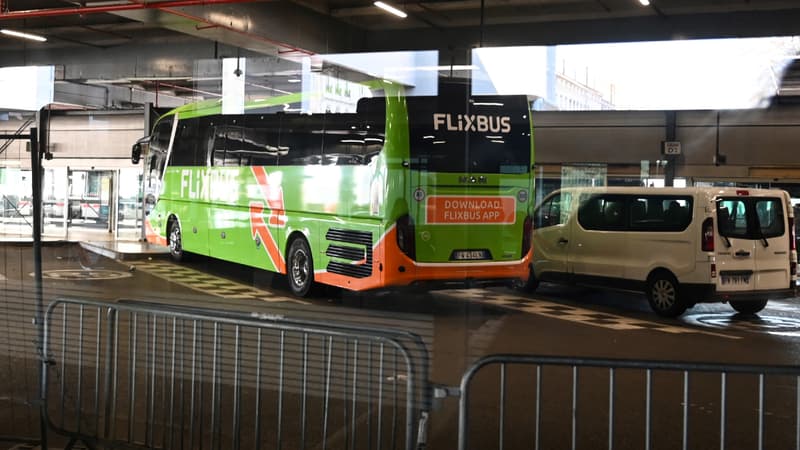The French have adopted long -distance cars since the liberalization of this market in 2015. Those called “Macron Cars” have attracted 100 million people since its creation, according to the latest annual art transport report, the transport regulatory authority.
Last year, 11.1 million passengers were transported at 304,000 cars, an annual increase of 14% and 5% compared to 2019.
The territory network (1,500 links for 197 cities served), mainly by two actors that are Flixbus and Blablacar, very low prices (6 euros per passenger per 100 kilometers) and the frequency of cars has attracted consumers. Better yet, “17% (of them) would not have traveled if this mode of transport had not existed,” he welcomes the regulator.
An evaluation, therefore, quite satisfactory, even if the offer is penalized by certain factors. First is the very low service quality offered by the road stations.
There is no restoration at the largest bus station in France
For services, we listen: staff on the site, dynamic information, box office, waiting room, sanitary facilities, beverage distributor, catering, wifi access or even rest room for drivers.
The most important thing, that of Paris-Bercry with five million passengers in 2024 and more than 500 destinations offered, therefore, does not offer Wi-Fi Catering or Access Service. It is even qualified as a shame bus station.
Or that of Lille Europe (sixth in traffic) that offers none of the aforementioned services, and that “only offers a simple refuge for more than 1 million passengers per year,” laments the report.
“The equipment level remains below the expected standards. However, a quality seasons can be read could limit the attractiveness of these services for users and encourage them to renounce long -distance trainers.”
“The summary of the work consultation committee in 2024 highlighted two priority axes of progress to better adapt this infrastructure to the contemporary needs of users: truly dynamic information and access to the physical box office.”
Bercy’s train station is not willing to close, but since no replacement solution has been chosen to date, it will be maintained until 2030.
On the contrary, the Marseille Saint-Charles station is the one that offers all the expected services, as well as those of Toulouse, very well classified thanks to the “important investments” of the Occitanie region.
A punctuality that has deteriorated since 2021
Another black point of these coaches, punctuality. “With almost a quarter of late circulation in 2024 (more than 15 minutes), punctuality is clearly degradation” with +12 percentage points compared to 2019, the report points out.
The majority (57 %) of delays are between 15 and 30 minutes. Delays between 30 and 60 minutes count for almost 30% and only a small number of delays (3%) exceed 2 hours.
“This is explained in particular for the bad weather and the social movement of the farmers who interrupted road traffic and avoided numerous trips in 2024. The punctuality of the coaches has ceased to deteriorate since 2021,” we can read.
At this point, Macron cars are doing less well than trains, since this late rate is 10% for TGV and 16% for intercities.
“In addition to delays, the media and consumer associations often report cases of travelers who could not return to the bus after the breaks during trips (this) generates, in addition to the obvious inconveniences for travelers, the repercussions of images that can reduce the attraction of the coaches,” says the report.
Source: BFM TV


